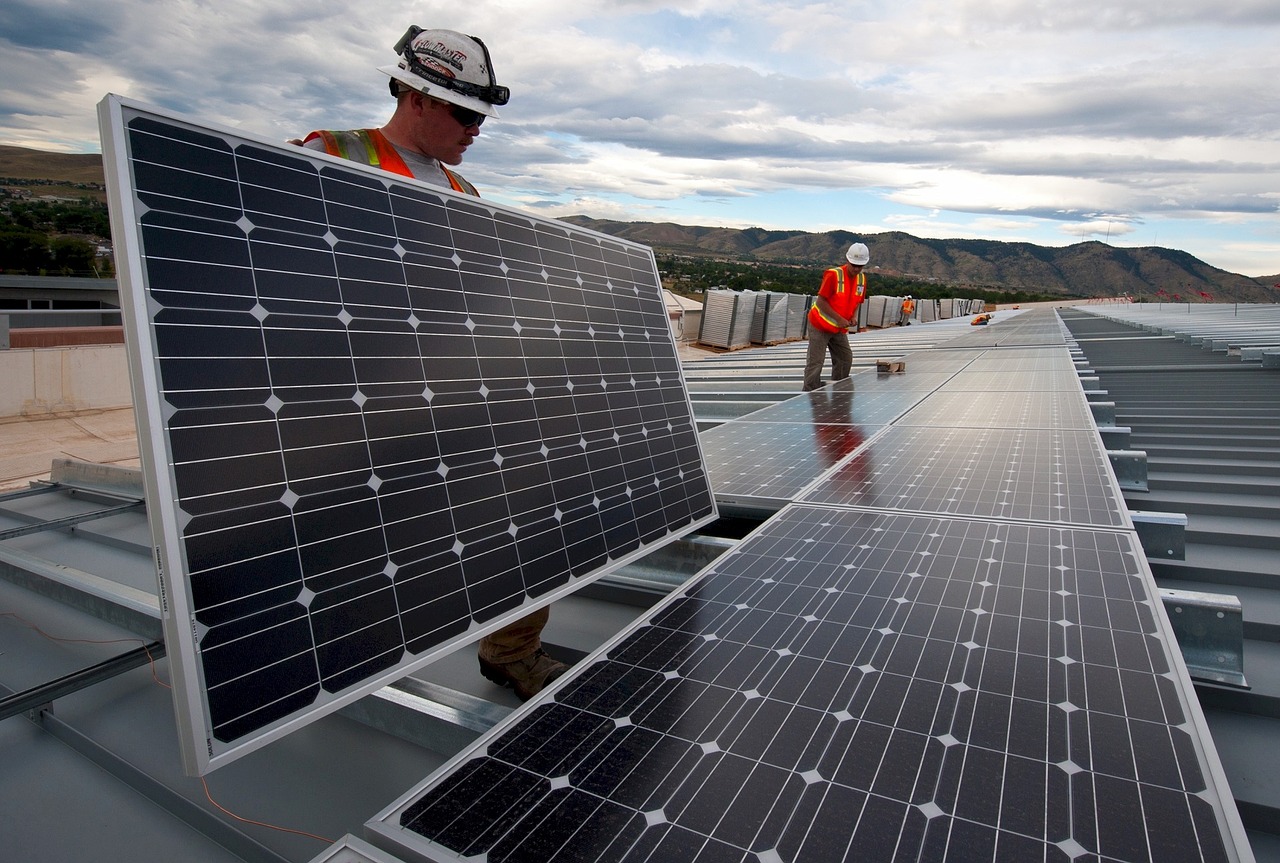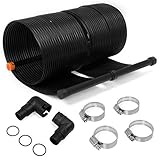The What is the green energy definition? Renewable energy sources or green energy are sources of energy whose renewal is quite fast. They have cyclical or constant effects induced by the stars: the sun mainly by the heat and light that it produces, but also by the attraction of the moons (tides) and the heat generated by the geothermal energy. Its renewable nature depends on a part of the speed at which the source is consumed and another part of the speed at which it is renewed.
what are the benefits of using green energy on the environment? The different sources of energy that we can find in nature to produce clean energy in an inexhaustible way thanks to its constant renewable energy sources are: wind, sunlight, water, geothermal heat, tides and various forms of biomass. It is good to think about Switch to green electricity since this energy does not harm the environment.
Contents
What types of renewable energy sources exist?
Solar energy
What is solar energy definition? We call solar energy but what is the source of solar energy, the energy that can be derived from the radiation of the Sun energy, is the source of solar power sun and a green energy resource.
Photovoltaic sunlight energy must be distinguished from solar thermal energy. Photovoltaic solar energy is the electricity produced by so-called photovoltaic cells. These cells receive sunlight and are able to transform some of it into electricity, the sun energy is the perfect solar energy renewable. Modularity counts for one of their benefits. In fact, photovoltaic panels can be used for domestic purposes as well as for large scale energy production.
In a solar thermal or thermodynamic system, solar radiation is used to heat a fluid. Water, for example, as in some domestic water heaters. When a concentration system – a set of mirrors – is added to it, the Sun energy can heat the fluid up to some 1,000 ° C and the technology becomes exploitable, for example, for the generation of electricity, the solar potential is infinite.
The disadvantage of solar energy is that it is an intermittent solar energy potential. It can – today in any case – be exploited only when the sun shines.
Wind power
Wind energy definition: The ancestors of wind turbines are the windmills. The Wind turbines produce energy – electricity, for example, when coupled to a generator – from the movement of air masses. They exploit the kinetic energy of the wind.
Wind turbines or air electricity generation can be installed on land, is one of the define green power. We are talking about onshore wind turbines or windmill power. These are technically the easiest to imagine. Even if spaces that can be reserved for them could quickly run out. And the most effective could be wind turbines installed offshore that are called offshore wind turbines for produce air power electricity.
Like solar energy, wind energy is intermittent energy. Eolic power only produce when the wind is blowing. On the other hand, unlike solar panels, it can be difficult to install a windmill power generation in your garden for generate eolic energy. Technology is rather reserved for large installations for produce wind power.
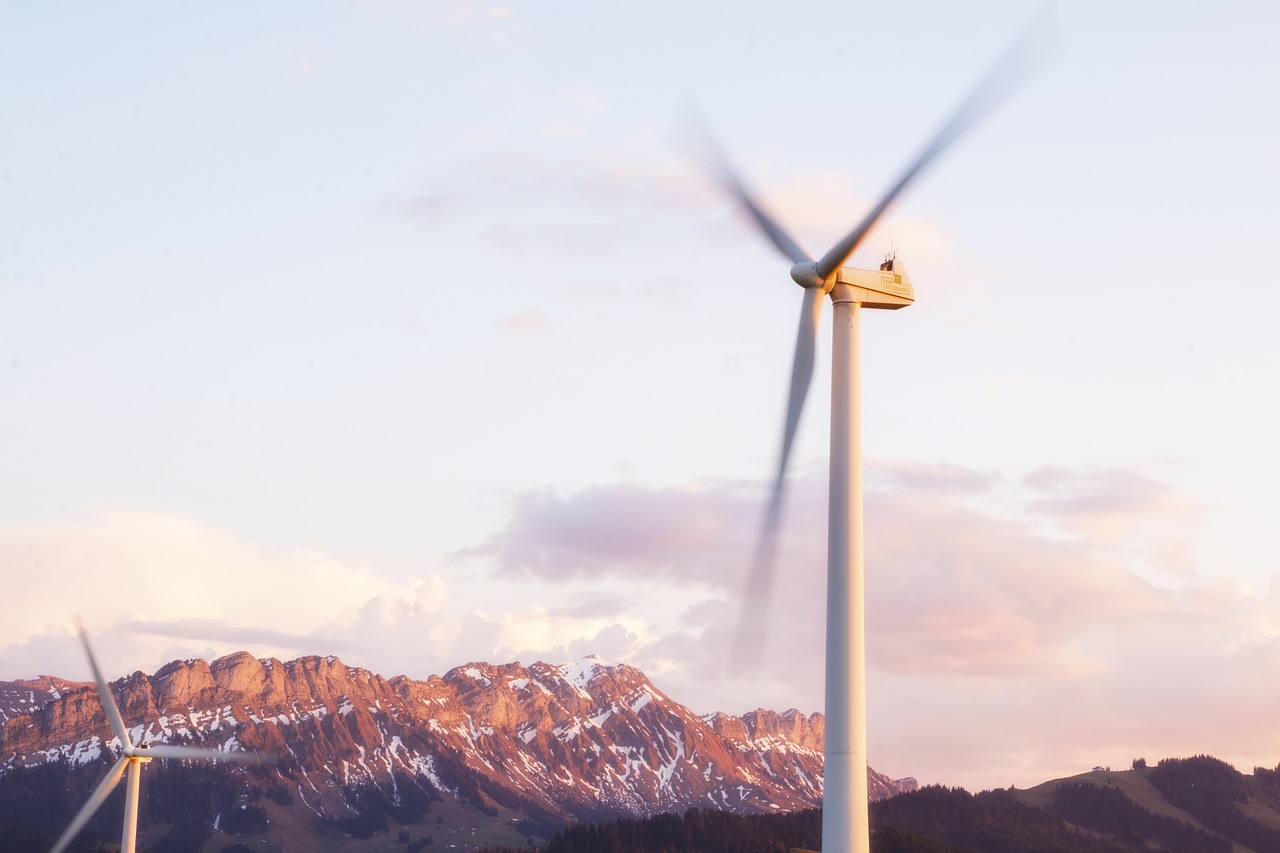
Hydroelectric power
What is hydroelectric energy definition? How is hydroelectric energy produced? The term hydraulic energy refers to the energy that can be obtained by exploiting water. A category of energy less subject to weather conditions, but which remains reserved for a major production. In the hydraulic energies or what is hydro energy, how is hydroelectric energy converted into electricity, we find:
- Dams that release large amounts of water on turbines to produce electricity.
- The tidal energy that plays on the potential energy of the tides, an energy related to the differences in water levels and currents that they induce.
- The tidal energy that exploits the marine currents.
- Wave energy that relies on the kinetic energy of waves and waves.
- The thermal energy that can be extracted – in a careful way to avoid any disturbance of the natural flows of the seas – from the difference in temperature between the deep and the surface waters.
- The osmotic energy that produces electricity thanks to the difference of pressure that generates the difference of salinity between the sea water and the fresh water.
This is what is hydroelectric power come from for generate hydroelectricity.
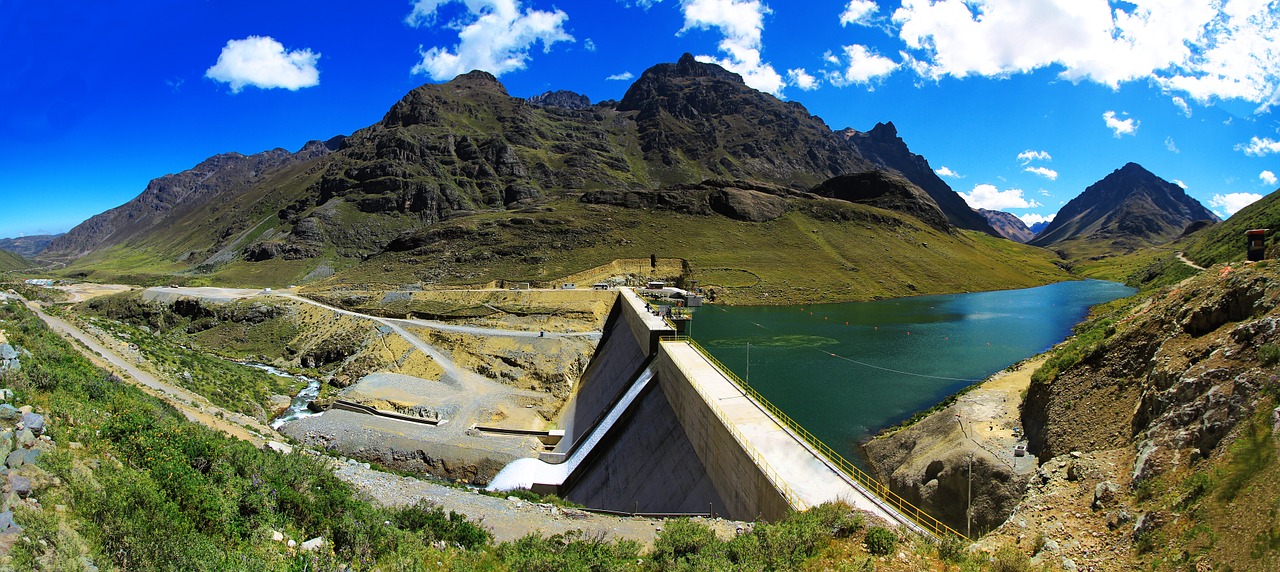
Biomass
What is biomass energy definition: Biomass can become a source of heat, electricity or fuel. Several techniques can be used to derive energy from it: combustion, gasification, pyrolysis or methanation, for example of the vegetable biomass.
Biomass energy electricity can be produced locally from biomass plant. But care must be taken in some cases that it does not compete with the food chain.
Biomass energy includes:
- The ancestral source that is wood. It can produce heat, electricity or biofuels (hydrolysis of cellulose into glucose and fermentation into ethanol).
- Biofuels, liquid or gaseous, from the transformation of plants such as rapeseed or beet (1st generation), derived from cellulosic materials (2nd generation) or from microorganisms such as microalgae (3rd generation).
It should be noted that biomass can only be considered as a renewable energy source if its regeneration is greater than its consumption.
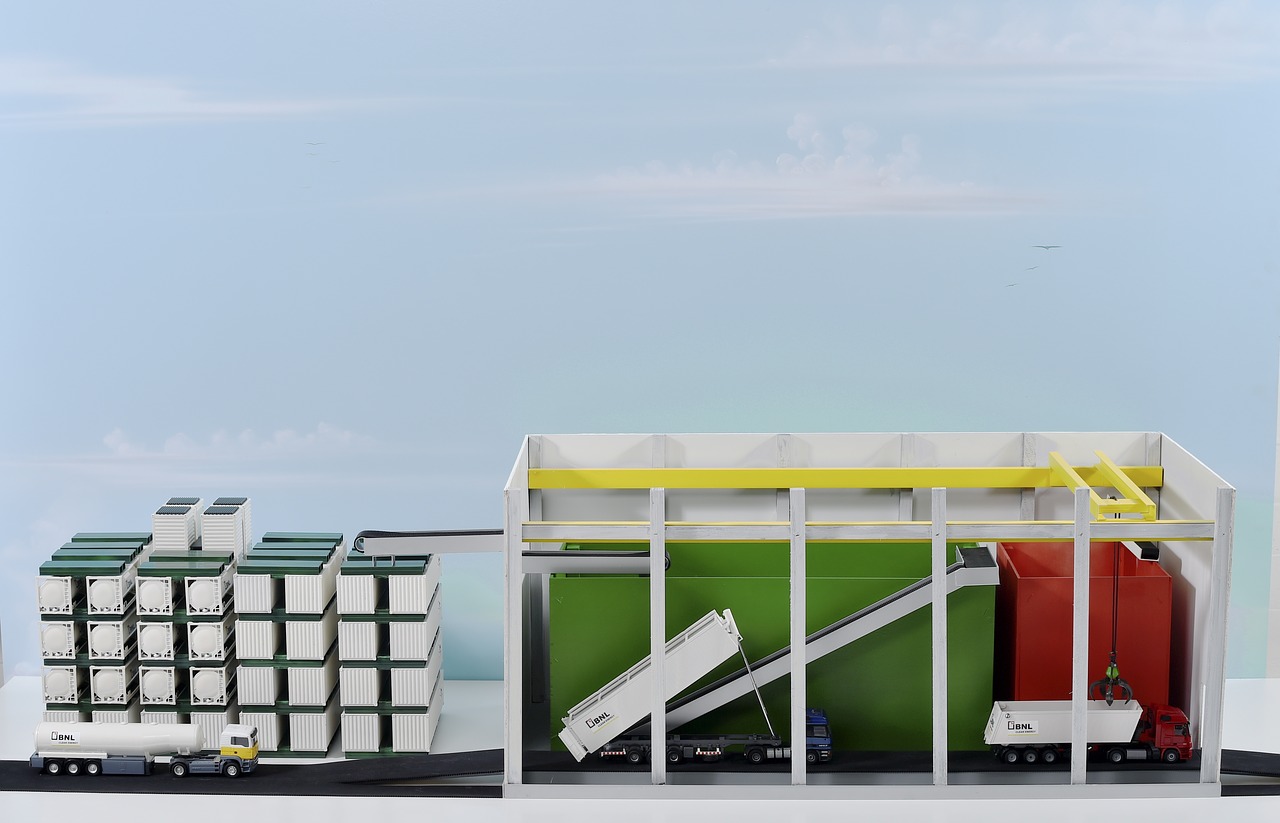
Geothermal energy
What is geothermal energy definition: Geothermal energy is a renewable energy derived from the extraction of energy contained in the soil. This heat results essentially from the radioactive decay of the fissile atoms contained in the source of geothermal energy the rocks. It can be used for heating, but also for the production of electricity. It is one of the only energies that do not depend on atmospheric conditions.
Where does geothermal energy come from? Geothermal as a source of energy it depends on the depth from which it is drawn. Deep geothermal energy – some 2,500 meters for 150 to 250 ° C – makes it possible to produce electricity. The average geothermal energy – in the water deposits especially from 30 to 150 ° C – feeds the urban heat networks. Geothermal energy at very low energy – between 10 and 100 meters deep and below 30 ° C – is the one exploited by heat pumps.
It should be noted, however, that for geothermal energy to be sustainable, the rate at which heat is drawn must not exceed the speed at which it travels inland.
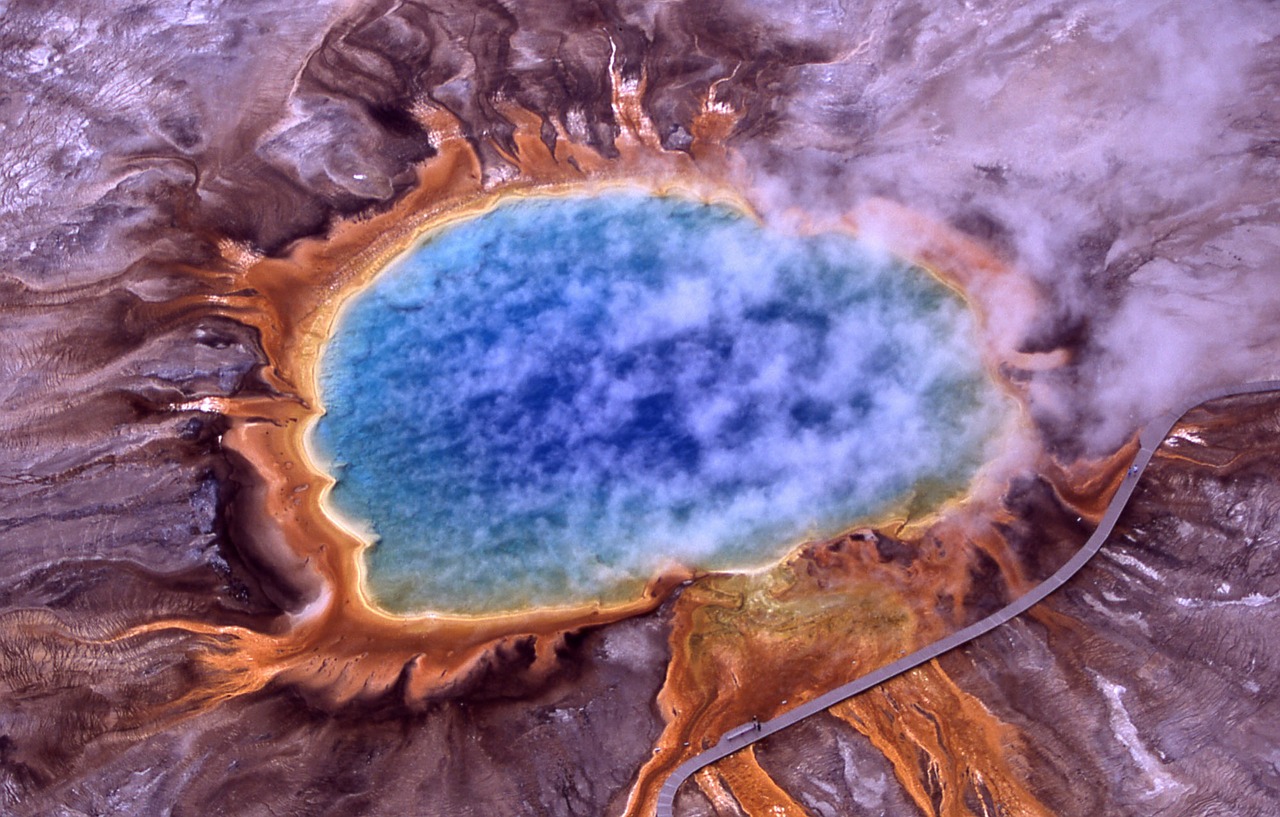
Main advantages of renewable energy sources
Currently, we use polluting energies that will dry up in the near future such as oil and gas. It is therefore necessary to further develop renewable energies to continue to enlighten, heat, run the various engines and many other functions.
What are some advantages of renewable energy resources? The advantages of renewable energy sources are numerous, because these last ones are in general clean, sure and especially, they exist in unlimited quantity.
By using them for the most part, we would find climatic, economic, environmental and social stability, especially by developing large thermal power stations. Safety is one of the main advantages because there is a very low risk of accidents.
They also generate little waste, and this waste is sometimes recyclable.
The decentralization of renewable energies is also a very important positive factor for developing certain territories and local development. The labor market for these energies represents almost one million two hundred thousand jobs, especially in photovoltaics, wind power and biomass. These energies respect the environment during their manufacture, their operation and at the end of their life, at the moment of their dismantling.
In short, these renewable energies can significantly reduce CO2 emissions. Nor would they generate hazardous radioactive waste and their resources would be infinite thanks to wind, water and the sun. Studies suggest that in theory, the planet could be fully powered by renewable energies using only a 500,000 km square with solar panels. This area represents approximately that of Spain. This vision produced by renewable energies is appealing a priori, but it masks many disadvantages.
Main disadvantages of renewable energy sources
Disadvantages of using renewable resources: Their availability depends on the climate. For those operating with solar energy, it is possible to use only 50% of their real capacity in the equatorial zones and even less because of the disappearance of the sun for several months in the poles. In addition, when the sky is cloudy, solar radiation is less. During anticyclonic periods, there is no wind. The disadvantages of green energy is this energy is not very stable.
The responsibility for global warming of renewable energies is a major drawback. They are often presented and accepted to solve this problem, but for this to be real, the consumption of fossil fuels such as oil, coal or gas should be considerably reduced and renewable energy sources must be better controlled to save more.
The visual impact on the landscape is to be taken into account especially when building large solar power energy plants or wind farms. These decentralized productions would help reduce the number of high-voltage lines. They therefore remain a pollution for wildlife. Moreover, the experiments already carried out in some countries show that they help to increase these same lines.
Cons of renewable energy: The major problems for wildlife are hydroelectric dams, as they flood entire valleys and have a strong negative impact on the ecosystem. Fish migrate with difficulty to their breeding grounds – even if fishways have been built. Wind turbines are a danger to birds and bats.
What is the most used renewable energy?
Hydropower is the most used in the world. It represents 19% of the world’s total electricity production. Based on the principle of operation of water mills, this type of energy uses the kinetic energy of water in hydraulic dams and tidal power plants to transform it into electrical energy. Not all countries have opted for the same energy to produce their electricity. While China uses coal to run its thermal power plants, France has relied on nuclear energy to limit the emission of greenhouse gases. These energies are inexhaustible and do not emit CO2. They are particularly used in developing countries.
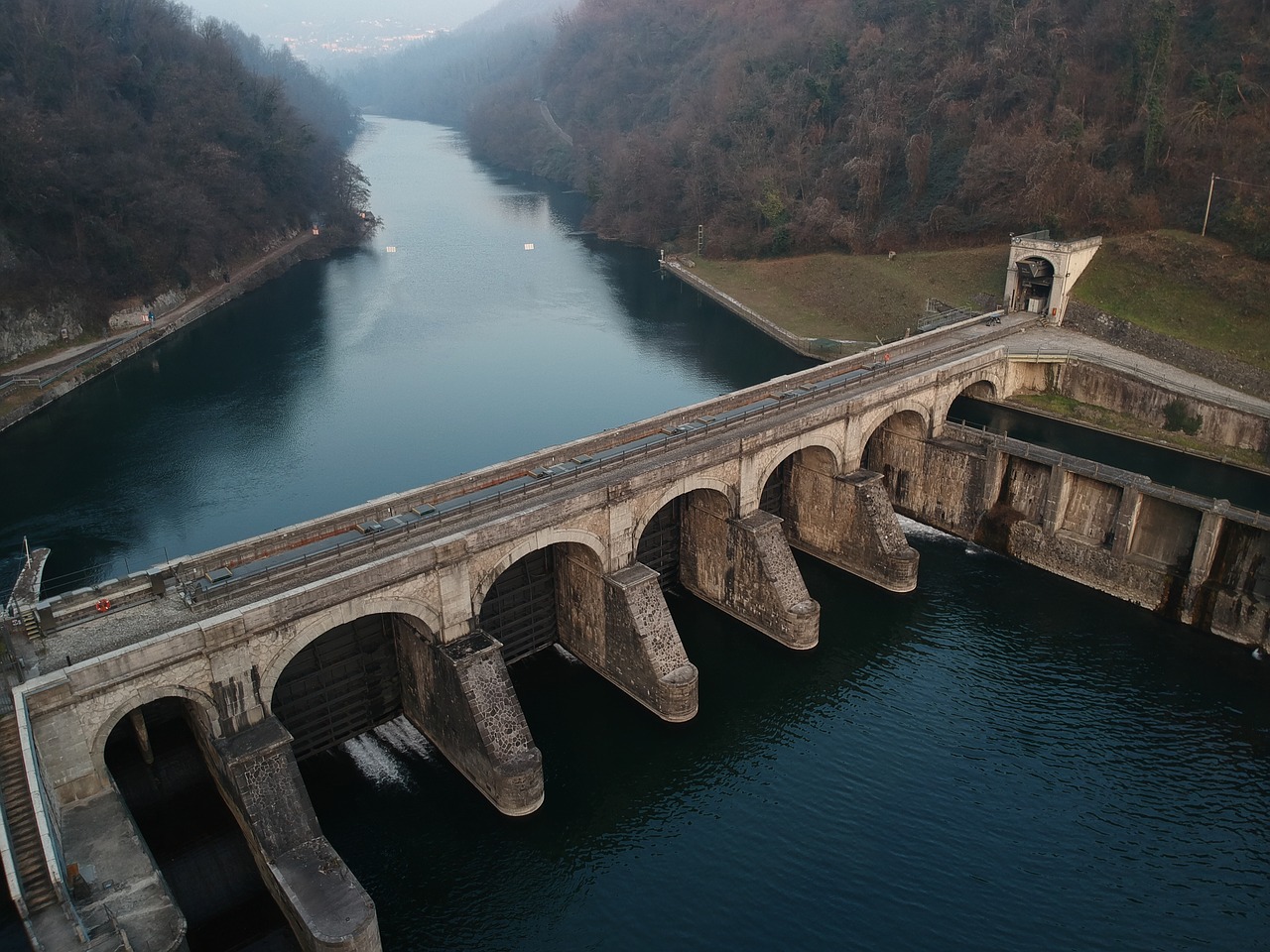
Most widespread renewable energy sources
Photovoltaic solar panels
What is photovoltaic solar panels technology? This sun panel module system makes it possible to produce electricity from solar radiation and use the best solar panels for home. Photovoltaic cells produce direct current which, after passing through an inverter, is converted into alternating current. The solar voltaic electricity produced can be redistributed on the national electricity grid, which represents a source of revenue whose amount will depend on both the size of the installation solar panels and the level of sunshine.
You can also consume all or part of the solar photovoltaic power electricity produced by the solar panel installation. (photovoltaic modules)
Disadvantage: the sun is essential to produce energy.
See the photovoltaic solar energy cost and buy solar panels for sale in amazon.
- 【New Design】Smaller in Size, Same Output, Higher Cells Effciency Compare to Most Other Brands
- 1pc Dimension:35.83*26.57*1.18Inch High winds (2400PA) and snow loads (5400PA)
- 1pc Maximum power (Pmax): 100W Voltage at Pmax (Vmp):17.0V Current at Pmax (Imp): 5.89A
- 【Reliable】EL tested solar modules; no hot-spot heating guaranteed. Authorized UL 1703 photovoltaic modules and panels. PERC Solar Cells, Black frame...
- 【Durable】Capable of withstanding high winds, up to 2400 Pa, and snow loads of 5400 Pa. Corrosion-resistant aluminum frame for extended outdoor use....
- 【Versatile】Can be used for many different applications, even work sheds, garages, or camps. Ideal for residential and commercial rooftop systems....
- Two pieces of Renogy 100-Watt Monocrystalline solar panel. Compatible with different Renogy mounting systems such as Z-Brackets, pole mounts and tilt...
- Advanced encapsulation material with multilayered sheet laminations to enhance cell performance and provide a long service life
- Corrosion-resistant aluminum frame for extended outdoor use, allowing the panels to last for decades as well as withstand high winds (2400Pa) and snow...
- Designed for off-grid solar panel system, caravan, RV, boat, Green house solar panel system. Cell efficiency: Regular Monocrystalline: 21%
- Sleek design and a durable frame, the Renogy Premium 100 Watt 12 Volt Monocrystalline Panel provides you with the highest efficiency per area and is the...
- Rover charge controller brings peak conversion efficiency of 98%, high Tracking efficiency of 99%; 4-Stage battery charging process for a rapid, efficient,...
- [Excellent performance] Using high-quality monocrystalline silicon cells, high-efficiency monocrystalline silicon solar cells provide good performance even...
- [Highly durable] The solar modules can withstand high wind-pressure, snow loads and extreme temperatures.
- [Flexible] This flexible solar panel is a good choice for curved surfaces of RV, boat,sailboat, yacht,truck, car, coach, cabin, camper , tent , trailer,...
Solar water heater or thermosiphon
The thermal siphoning solar system this widespread solution is found mainly for individual solar water (CESI). The panels capture the heat of the sun to heat a fluid network that will, itself, carry and maintain a storage tank of thermosyphon hot solar water heater at high temperature.
More recently thermosyphon solar hot water systems technology has gone further to produce domestic hot water (DHW) and hot water for a heating system in combination with hot water and floor heating walls: the Solar Combined System (SSC).
Disadvantage of thermal siphon: it takes sun or heat.
Buy the best sellers thermosyphon heater in offer and good price and excellent review in amazon.
- Hailstone Resistance: up to φmm (1"), Max Operating Pressure: 4psi
- 316L Stainless Steel Inner Manifold for high chlorinated water corrosion resistance
- φ58mm x 1800mm Three-Target Cu/SS-ALN(H)/SS-ALN(L)/ALN Vacuum Tubes, High Boron Silicon 3.3 Glass
- solar collector of solar hot water heater
- 10 Vacuum glass tubes(diameter 58mm, length 500mm)
- Manifold: Outer shell: Aluminum Alloy, Thickness:1.8mm;Insulating layer:rock wool overall
- 110v controller for the solar hot water heating system suitable for 1 collector array * 1 storage tank * 1 pump and auxiliary heating
- Appearance of controller 187mm*128mm*46mm
- 3 Temperature sensors (1 x pt1000, 2 x NTC10K)
- Inner Tank: Food Grade SUS 304-2B, Outer Tank: Galvanized Steel 0.5 mm thickness
- Insulation: high pressure automatic polyurethane foaming layer, Density of 36 kg/m3, R-Value: 12.5
- In Tank Coil: TU1 copper (Red Copper), thickness: 1mm, Length of Coil:66 ft
- Quantity of these solar panels needed is dependent on the pool size and the location, which may estimate by some websites.
- Each Roll 24" x 10 foot Long; 24" x 10' Solar Collector; Quick connect design for easy assembly
- XtremepowerUS Panels are built from extremely high-grade materials that are proven to last in all types of weather
Wind turbine
Although growing in our territory with 3.9% of national production in 2015, domestic wind turbines are still marginal.
In Europe, individual wind generator kit are all wind turbines with a nominal power of 30 kilowatts or less. This solution aims to meet small needs to power non-essential electrical appliances or store energy.
A windmill generator kit is composed of 2 or 3 blades that capture the energy of the wind and drive an alternator, the generator, which transforms the movement of the blades into electrical energy.
Many innovations, often vertical, see artistic (verteol) or tree (Newwind) are in the boxes of geo-foundetout of the whole world, to solve in particular the sound impact in urban environment.
And if you feel the soul of a handyman, you can also self-build your own wind turbine: the Piggott wind turbine
Disadvantages: no wind no energy, expensive system and very difficult to depreciate.
Buy the best cheap wind turbine generator for sale in amazon (buy windmill).
- [MAIN PARAMETER] ~ Rated Wattage: 500W ; Max Wattage: 510W ; Voltage: DC 12V ; Blade Number: 5 ; Blade Material: Nylon Fiber ; Wind Wheel Diameter: 4.43 ft...
- [POWERFUL PERFORMANCE] ~ 3Phase AC PMG, permanent magnet generator with low torque, high-power tracking intelligent microprocessor, effective regulation of...
- [HIGH-QUALITY BLADE] ~ The blade material is synthetically injection molded with high-strength plastic plus 30% carbon fiber element and anti-UV...
- Low wind speed start-up(2m/s), high wind power utilization, light,cute, low vibration.
- Human-friendly design,easy to install and maintain.
- Blades using reinforced glass fiber, helped with optimized structure and aerodynamic shape, it enhanced wind power coefficient and power generating...
- Well suited for the leisure sector, it is famous for battery charging on boats, gazebos, chalets or mobile homes
- Wind generator rated power: 400W;Rated Voltage: DC27-54V;Battery Voltage:DC12V;Number of Blades: 3
- Material of Wind Leaf: PBT;Start-up Wind Speed: 2.5m/s(8'/s);Rated Wind Speed: 12m/S(35'/s);Rated Speed: 800r/min
- [MAIN PARAMETER] ~ Rated Wattage: 600W ; Max Wattage: 610W ; Rated Voltage: DC 12V ; Starting Wind Speed: 6.6 ft/s ; Rated Wind Speed: 39.4 ft/s ; Safe...
- [POWERFUL PERFORMANCE] ~ 3Phase AC PMG, permanent magnet generator with low torque, high-power tracking intelligent microprocessor, effective regulation of...
- [HIGH-QUALITY BLADE] ~ The blade material is made of high-strength plastic with 30% carbon fiber element and anti-UV anti-corrosion material. At the same...
- Main parameters of wind turbine: Start-up Wind Speed: 5.6mph (2.5m/s); Rated Wind Speed: 23.5mph (10.5m/s ); Maximum wind speed: 78mph (35m/s); Rated...
- 400 watt 12v / 24v wind power system generates power from the wind and runs your equipment. It can supplement the solar panel at night-time or stormy...
- The controller is 12v/24v autodetect and it can automatically shuts down when the batteries are completely charged.
Differences between renewable vs nonrenewable resources
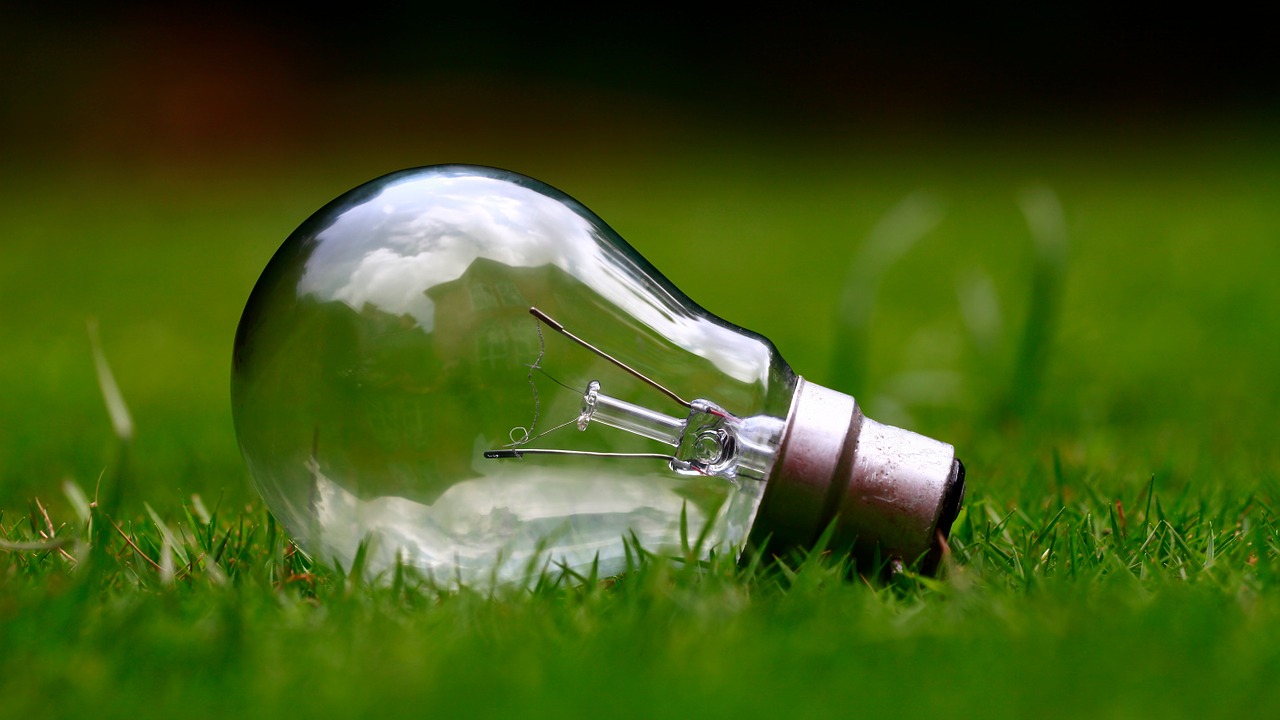
The renewable energy sources:
They are clean energy and almost inexhaustible energy resources provided by nature.
Due to their autochthonous nature, they contribute to diminish the dependence of our country on external supplies.
They favor technological development and job creation.
Non-renewable energy sources:
They are those whose reserves are limited and, therefore, decrease as they are consumed.
As reserves are lower, extraction is more difficult and its cost increases.
Petroleum, coal, natural gas or nuclear energy are considered non-renewable energies.
Types of renewable energy systems for use in the home
Thermosyphon system – Solar collectors or solar heating
The main applications of solar collectors are usually for the preparation of hot water for sanitary purposes, the heating of swimming pools or for heating
Solar collectors are devices that are designed to collect the energy generated by the sun and convert it into thermal energy. They are divided into two large groups, the low temperature collectors (used mainly in domestic heating systems) and the high temperature collectors (which are made up of mirrors and used to produce electrical energy).
Solar or photovoltaic panels
Photovoltaic solar panels consist of a multitude of cells, called photovoltaic cells, which convert solar radiation into electricity. Electricity is generated due to the ‘photovoltaic effect’ caused by solar energy (photons), generating positive and negative charges in two nearby semiconductors of different types, which generates an electric field that will produce electric current.

Wind or windmill energy turbine
A wind turbine is a device that transforms the kinetic energy of the wind into mechanical energy of the wind type. This wind power has been used over the centuries to pump water or grind grain.
Current machines are used to produce wind electricity that is consumed locally (isolated sites), or introduced into the electricity grid (wind turbines connected to the grid).
Bestseller Renewable or Sustainable green energy generator on sale in amazon
Buy the best renewable energy sources in amazon.
